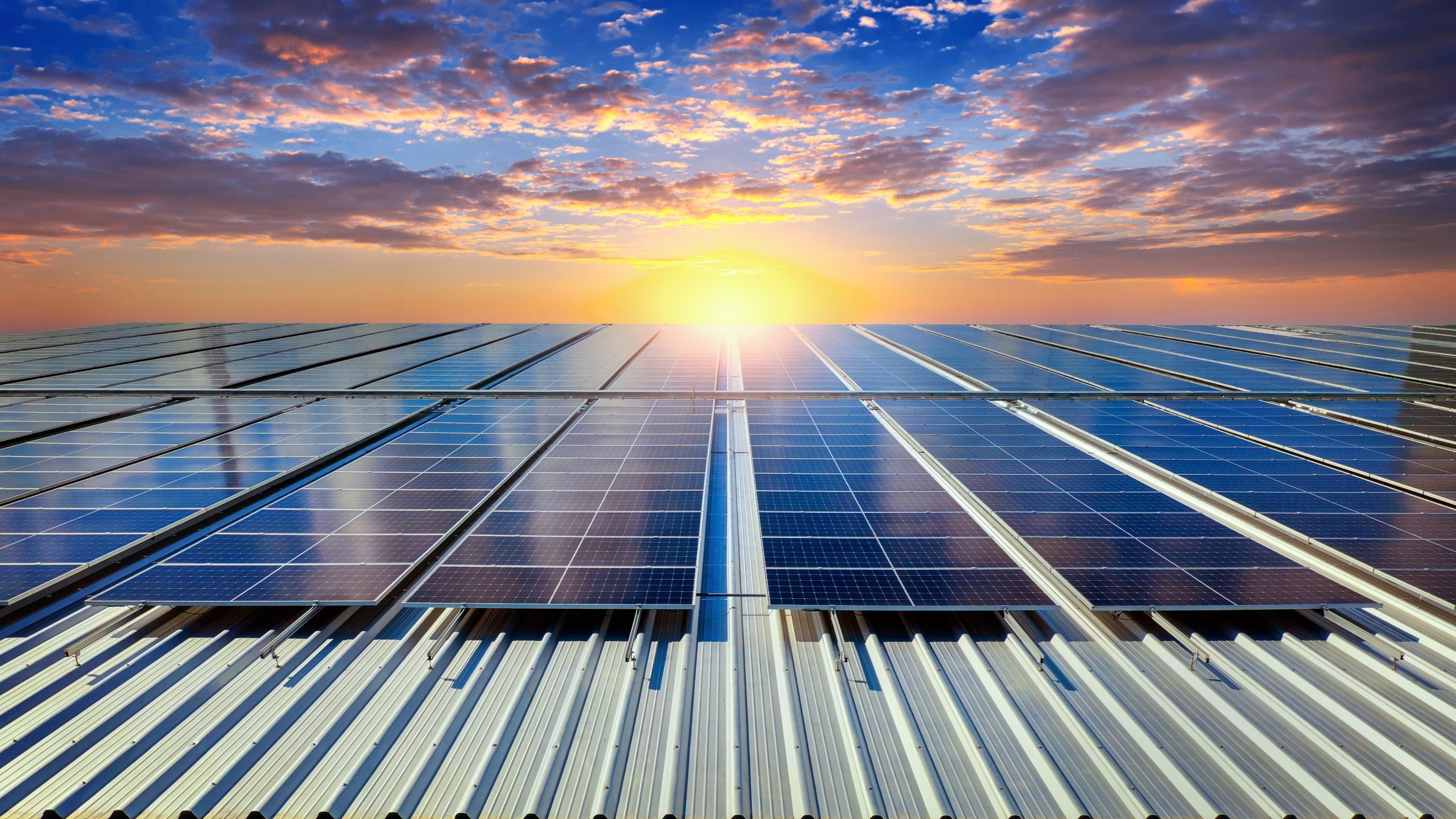Germany’s renewable energy sector reached a new milestone in 2024, accounting for 59.4% of the electricity fed into the national grid, up from 56% in the previous year, according to preliminary data from the Federal Statistical Office (Destatis). The total renewable electricity output rose by 2.3% to 256.4 billion kilowatt-hours (kWh), marking a record high.
Wind and Solar Drive Growth Despite Challenges
Wind power generation saw a slight dip of 1.4%, producing 136 billion kWh. However, its share of total electricity generation increased to 31.5%, reinforcing its position as Germany’s primary energy source. Meanwhile, solar power output surged by 10.4% to 59.5 billion kWh, contributing 13.8% of the total electricity supply. Hydropower generation also grew by 10.3% to 20.4 billion kWh, forming 4.7% of the national electricity mix.
Conventional Power Sources Continue to Decline
Electricity production from conventional sources fell sharply, declining by 11% to 175.1 billion kWh. This drop meant that non-renewable sources contributed just 40.6% of the total domestic electricity generation. Following the shutdown of Germany’s last nuclear power plants in April 2023, no nuclear energy was supplied to the grid in 2024.
Total Electricity Production Declines Amid Higher Imports
Germany’s overall electricity production fell by 3.6% to 431.5 billion kWh, attributed to a slowdown in industrial activity and a rise in electricity imports. Import volumes increased by 17.9% to 81.7 billion kWh, while exports dropped by 7.8% to 55.4 billion kWh. As a result, the country recorded a net import surplus of 26.3 billion kWh in 2024, a significant jump from 9.2 billion kWh the previous year.
Germany’s Energy Transition Accelerates But Faces Hurdles
Germany is undergoing a major energy shift, with renewable sources expanding rapidly but not yet fully replacing the capacity lost from coal and nuclear power. While electricity demand has remained subdued despite stabilizing prices, projections from energy consultancy Rystad Energy suggest that Germany is on track to surpass its target of 80% renewable electricity by 2030, thanks to a strong expansion of solar and wind capacity.
Ambitious Plans for Renewable Energy Expansion
Germany has emerged as a leader in Europe’s renewable energy sector, with 143 gigawatts of alternating current (GWac) installed by the end of 2023. A record number of solar and wind installations were completed last year, and 2024 is expected to see even higher additions. Government-led renewable energy auctions have played a key role in driving this growth, with plans to auction over 120 GWac between 2024 and 2028. Onshore wind will see the largest increase, with 50 GWac slated for auction over the next five years.
Germany Transforms from Power Exporter to Importer
Germany, once a major electricity exporter, has now become increasingly reliant on imports. The country has already imported more electricity in the first eight months of 2024 than in the entire previous year, registering a net import balance of 15.3 terawatt-hours (TWh). The decline in domestic power supply, mainly due to the nuclear phase-out and reduced coal generation, has driven up imports, contributing to higher electricity prices compared to neighboring countries.
Future Outlook: Growth and Challenges Ahead
Despite short-term challenges, Germany’s long-term renewable energy transition appears promising. If the government maintains its current strategies, the country is expected to solidify its position as Europe’s renewable energy leader while reducing dependency on imports. However, ensuring a stable power supply during this transition remains a key challenge, highlighting the need for accelerated renewable capacity expansion and grid modernization.



